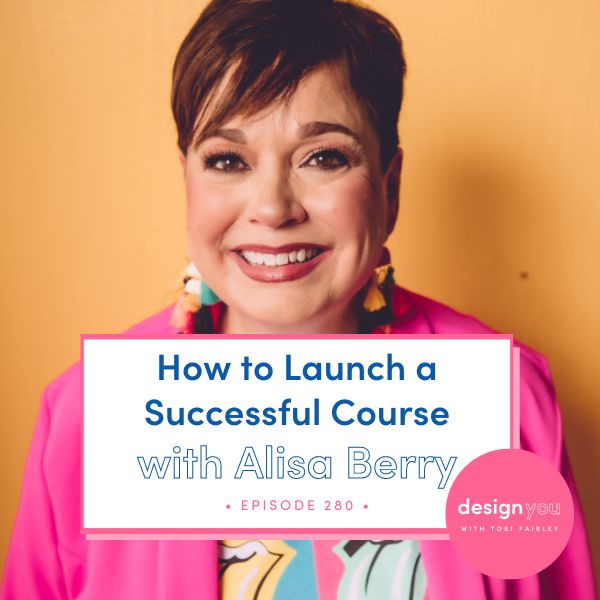
Today, I’m joined by a member of my Online Course Incubator program, Alisa Berry. Alisa has just created a course that is selling like hotcakes, and she’s here to share her story, how she brought this course to life, and how the Online Course Incubator program helped her create this amazing offering.
Alisa Berry has been an interior designer for over two decades. However, she began her career as a Christmas tree decorator and designer. Alisa has always had a deep passion for Christmas, and now she’s turned this passion of hers into an incredible course. She’s been getting rave reviews, making crazy sales straight out of the gate, and she’s showing us exactly how she did it.
Tune in this week to discover what it takes to launch a course that sells. We’re discussing why a course is a great additional revenue stream in your design business, how creating this course fit around her projects as a designer, and how Alisa engages her audience so she can successfully sell her course.
Our Online Course Incubator relaunches again in the fall of 2023. We only take 10 participants, so click here to get on the waitlist!
Discover a new path to success in the Interior Design Industry with our live 3-part training: How To Create Additional Revenue Streams. Join us as we teach you the strategies to launch innovative income streams, freeing you from the limitations of traditional design services. Don’t miss this opportunity to revolutionize your business and thrive in today’s competitive landscape. Grab the Training Series now to prepare your business for today & beyond!





